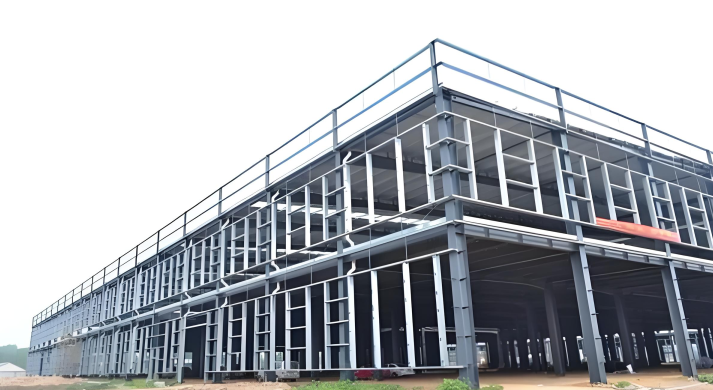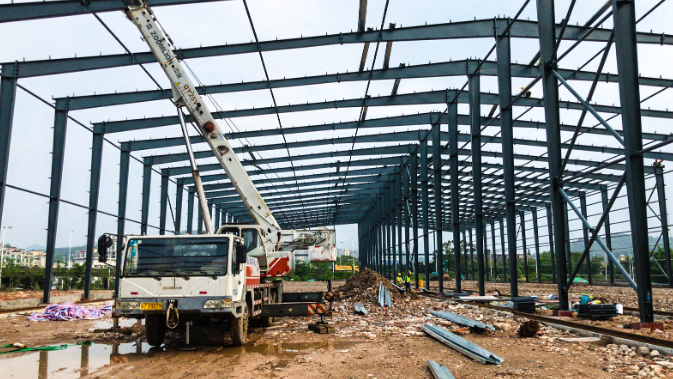Key Characteristics of Steel Structures

Wind Resistance
Steel structures are lightweight, high-strength, and possess excellent overall stiffness and deformation capacity. The self-weight of a steel building is only one-fifth that of a brick-concrete structure, enabling it to withstand hurricanes with wind speeds of up to 70 meters per second, effectively protecting lives and property.
Seismic Resistance
Low-rise steel-framed villas typically feature sloped roofs composed of cold-formed steel components arranged in triangular truss systems. After sealing with structural panels and gypsum boards, the light steel components form a robust "panel-rib structural system." This system offers superior seismic performance and resistance to horizontal loads, making it suitable for buildings in regions with seismic intensities above 8 degrees.
Sound Insulation
Sound insulation is a critical criterion for residential buildings. Light steel systems incorporate double-glazed windows with sound insulation exceeding 40 dB. Composite walls made of light steel studs and insulated gypsum boards can achieve sound insulation of up to 60 dB.

Thermal Insulation
Fiberglass wool is the primary insulation material, providing exceptional thermal performance. Exterior insulation panels effectively prevent "cold bridges" in walls, ensuring optimal thermal efficiency. For instance, a 100mm-thick R15 insulation layer offers thermal resistance equivalent to a 1-meter-thick brick wall.
Environmental and Health Benefits
Dry construction methods minimize waste pollution. Steel materials are 100% recyclable, and most auxiliary materials can also be recycled, aligning with modern sustainability goals. All components are eco-friendly, meeting ecological standards and promoting occupant health.
Durability
Light steel residential systems utilize cold-formed thin-walled steel components and high-strength galvanized steel sheets, which resist corrosion during construction and use. This ensures a structural lifespan of up to 100 years.
Comfort
Light steel walls incorporate energy-efficient systems with breathable functions to regulate indoor air humidity. Ventilated roof designs create airflow spaces above the structure, ensuring effective heat dissipation and ventilation.



